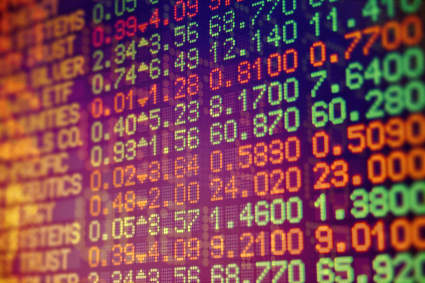Shareholder yield is the sum of the following:
- Dividend yield +
- Percentage of Shares Repurchased
For example if a company trading at €50 and pays an annual dividend of €1, its dividend yield (DY) is 2%.
If same company had 1,000,000 shares outstanding at beginning of year and 900,000 at end of year, the company's share repurchased yield would be 10% ((1,000,000 – 900,000)/1,000,000).
If you add the two percentages together you get a Shareholder yield of 12%.
Note that the Shareholder Yield can also be negative as Percentage of Shares Repurchased can be negative if shares outstanding increases.
It can also be negative
Note that the Shareholder Yield can also be negative. This can happen as Percentage of Shares Repurchased can be negative if the number of shares issued increases.
How to use the ratio
The larger the value the better - or the more cash the company returned to its shareholders.
Available as a screening ratio: Yes - the ratio is called Shareholder Yield
Available as an output column ratio: Yes - Look in the Valuation tab
How to select companies with the best momentum
To find companies with the best (highest) Shareholder Yield set the slider from 0% to 10%.
To find companies with the worse Shareholder Yield set the slider from 90% to 100%.
More information about Shareholder Yield
You can read more information about Shareholder Yield here:
How and why to implement a shareholder yield investment strategy
How we find ideas for the Shareholder Yield investment newsletter
Best large cap investment strategy ever – Shareholder Yield keeps beating the market
Click here to start using the Shareholder Yield your portfolio NOW!

